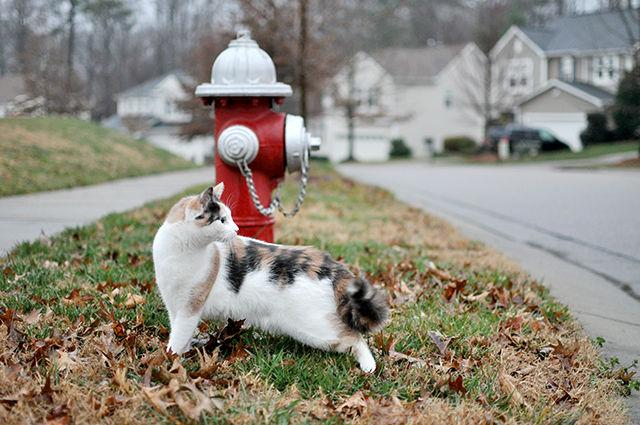As the winter months wear on and temperatures drop, pets and animals can face harsh conditions during the colder weather.
Many first-time pet owners forget that as they adapt to their daily routines for the winter months by wearing heavier clothing and eating heartier foods, companion animals also have different needs during the winter that should be accommodated.
The winter comes with snow, ice, freezing temperatures and long nights. If left outside during inhospitable conditions, an animal’s immune system can become compromised, and it becomes harder for them to combat viruses, making them more susceptible to coughing or wheezing, according to animal science lecturer Kimberly Ange.
Ange said younger and older animals alike are particularly at risk for freezing when outside. A young animal won’t be able to warm itself enough to survive a winter out in the snow and an older animal will endure worsening arthritic pain and will have trouble scavenging for food.
She said a dog house should be equipped with either straw, a blanket or a warming pad to keep pets warm, and outdoor cats need a decent shelter in which to hide away throughout a wintery night. It is preferable to bring all animals indoors when the weather becomes harsh. If it’s unbearably cold and windy outside to the owner, it probably is as well for the pet.
Jackets, vests and booties for dogs and cats are not just fashionable, but functional when it’s cold outside. Certain dogs are in greater need of outerwear than others, said Ange.
If you have a smaller dog, older dog, arthritic dog—something like a greyhound that doesn’t have a lot of body fat on it— you might want to think about a jacket or something along those lines,” she said. “If you’ve got this tiny, little dog who really doesn’t do anything but maybe run outside and pee for a second and then come back in, he isn’t really used to the cold weather. The booties are a good idea for larger dogs that are a little heavier and kind of sink in [the snow] because the ice and snow can get in-between their paws.
Ange said it’s best to use common sense when assessing whether or not an animal actually needs a vest or booties when going outdoors as clothing can sometimes be more of a hindrance than a help to animals.
It depends on the dog, said Amanda Scott, a sophomore studying animal science. “Booties are fine as long as they serve their purpose. A husky isn’t going to need any extra protection apart from maybe booties. You’ll end up overheating them [with a vest] since they’re essentially built for winter.
Ange said that when animals venture outside, it’s important to keep in mind that snow and ice can crack or cut the pads of their paws and cause cuts and gashes on their legs and feet. If an animal self-grooms or licks its fur frequently, the chances of it ingesting harmful substances is greater during the winter if the animal’s feet are exposed when outside.
“If they’re walking after icy roads have been salted and chemicals have been put down, they’re also being exposed to those while they groom themselves and you don’t want them to eat those types of things,” Ange said.
For smaller pets like rabbits and guinea pigs, if one has an outdoor enclosure for them, Ange suggests making sure it has a hut to protect them from the elements and have hay to keep them warm. Moving cages and enclosures of indoor pets away from drafty windows is also suggested to prevent exposing them to fluctuating temperatures throughout the day.





